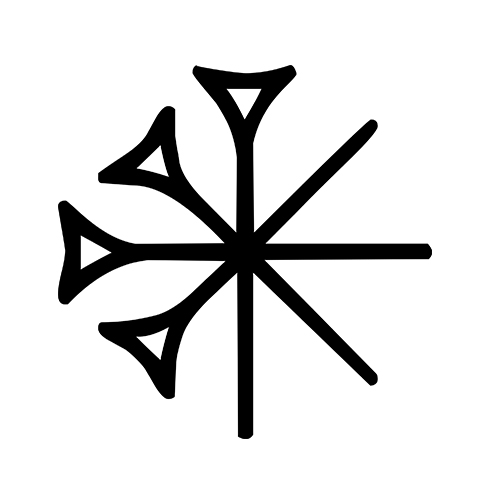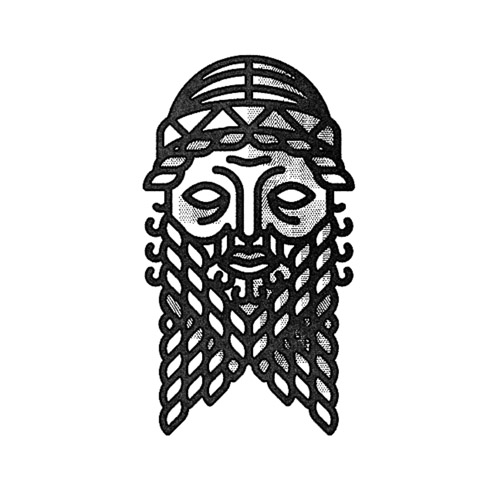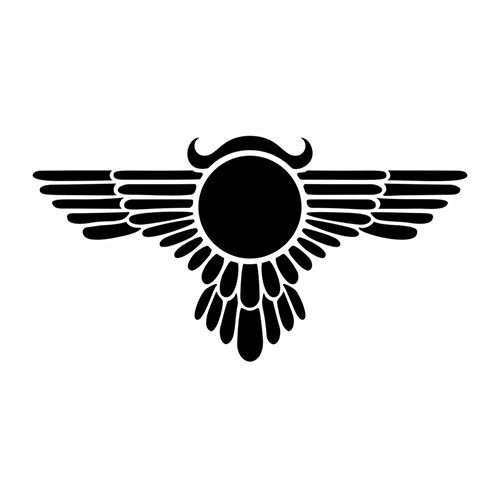About this belief system
Mesopotamian religion broadly included cultures in the ancient near east: Sumer, Akkad, Babylon, Assyria, and others. These cultures shared highly diffused customs, deities, and myths from ca. 3000 BCE - 400 CE. Many deities were diffused from one culture into another, with the result that religious beliefs were consistent and coherent. Around 400 CE, Christianity and other Abrahamic religions became more widely practiced. Mesopotamian cultures also gave rise to many chief features observed in the contemporary world: writing, large cities, political rulers, mythological narratives, and large architectural structures. Much of our understanding of Mesopotamia comes from artifacts unearthed in the region: clay tablets, inscriptions, and cylinder seals. Inscriptions were usually written in cuneiform, a writing system derived from making wedge-shaped marks, or impressions, upon surfaces. Finally, facets of Mesopotamian culture have survived through their influence on other belief systems, like Christianity, through shared motifs (e.g., flood, creation, prestige, and hero myths).
Source record No.p. 22, fig. 15MediumPrint tableImage date1992CreatorJeremy BlackSource notesBlack and Green, Gods, Demons, and Symbols, 22. [Fig. 15]. "13. Chronological Table"
Derivative belief systems
Mesopotamian faiths
Browse religions and belief systems associated with this collection.
Description
Sumerian religion refers to spiritual beliefs practiced from ca. 4500-1900 BCE in Mesopotamia, or modern-day southern Iraq. Many deities were diffused into other Mesopotamian cultures. Description
Akkadian refers to a culture that emerged in Mesopotamia during the third millennium BCE. The belief system included many deities, most of whom were later diffused into Sumerian, Babylonian, and Assyrian culture. Description
The Babylonian religion was practiced throughout modern-day Iraq and the general near east (Mesopotamia) during antiquity. Its chief deity was Marduk. Description
Assyrian religion was adapted from Babylonian and Akkadian culture during the first two centuries BCE. The religion was practiced from roughly 2000-500 BCE in modern-day Iraq and its chief deity was Aššur.










